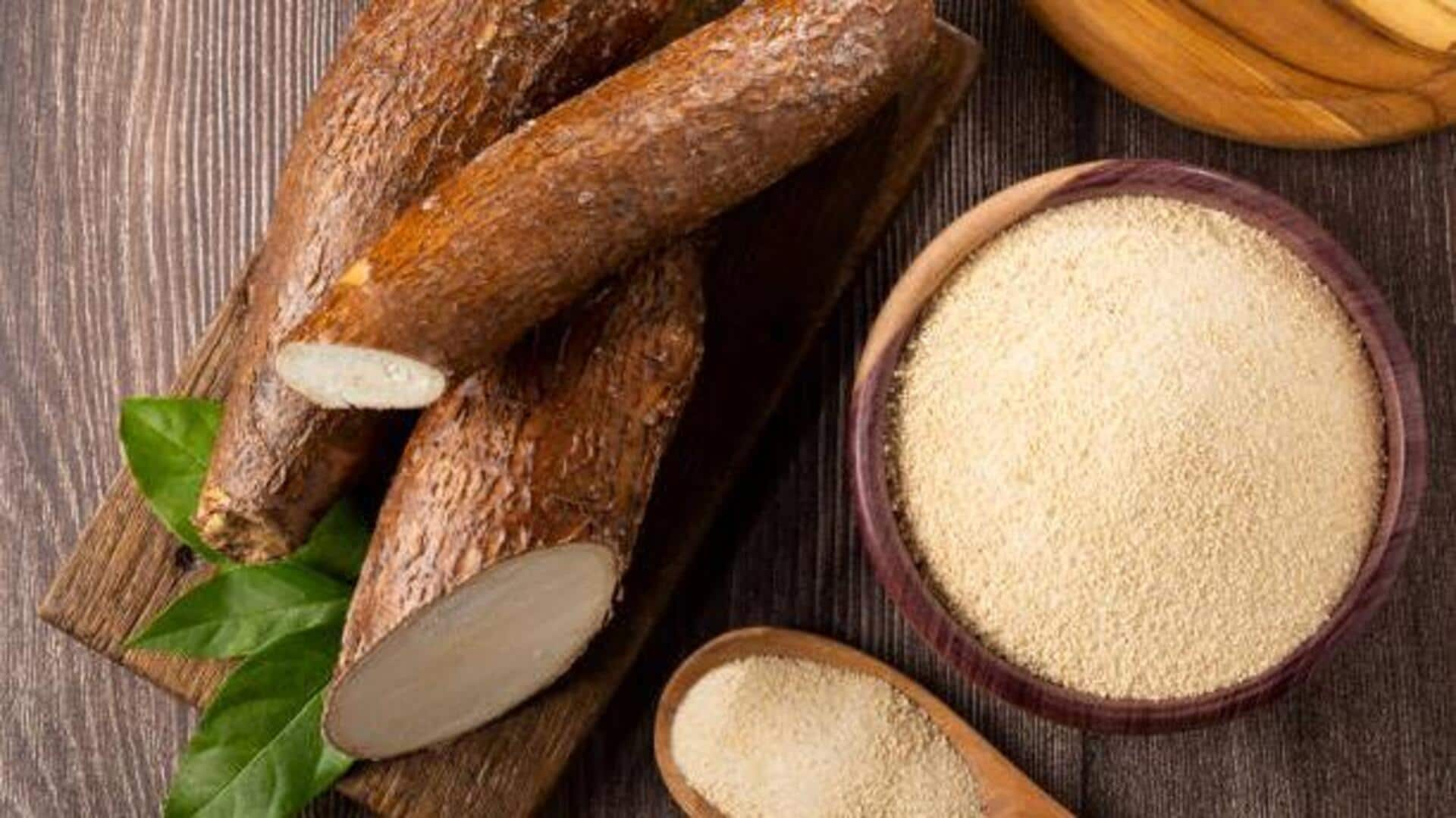
You'll love these cassava dishes!
What's the story
A staple in many African cuisines, cassava occupies a prominent position in Swahili dishes. Versatile and nutritious, cassava is consumed in the form of boiled, fried, or mashed. The Swahili coast is home to the richest culinary tradition where cassava is converted into delectable dishes that are equally filling and delicious. Here are five Swahili dishes with cassava that you must try.
Traditional delight
Ugali wa muhogo
Ugali wa muhogo is a popular dish prepared from cassava flour mixed with water to create a thick, porridge-like consistency. It accompanies many meals and is generally served with vegetables or beans. This dish is famous due to its simplicity and its ability to enhance the taste of other foods without overpowering them.
Crispy snack
Cassava chips
Cassava chips are essentially thinly sliced pieces of cassava that are deep-fried till crispy. They are seasoned with salt or spices to add flavor to them. These chips make for an excellent snack or side dish and can be found at street vendors throughout the region.
Sweet treat
Mshale wa muhogo
Mshale wa muhogo is a delightful dish where cassava is boiled until tender. After boiling the cassava, it is coated with either sugar or honey to add a layer of sweetness. This preparation method not only highlights cassava's inherent sweetness but also gives a satisfying and enjoyable texture. It makes an ideal dessert or a sweet snack, especially for those who love the subtle flavors of cassava.
Savory bites
Kaimati ya muhogo
Kaimati ya muhogo consists of small dough balls made from grated cassava mixed with spices before being fried until golden brown. These savory bites offer a unique taste experience due to their combination of textures—crispy on the outside yet soft inside—and can be enjoyed on their own or dipped in sauces.
Coconut infusion
Wali wa nazi na mihogo
Wali wa nazi na mihogo pairs coconut rice with boiled pieces of cassava, making an aromatic combination that's both filling and delicious. Infused with coconut milk, it adds a touch of richness without overpowering other ingredients. This traditional meal option, usually served during special occasions across the coastal region, continues to be loved by locals and travelers alike.